The Reluctant Kayaker: Reclaiming a Culture
February-March 2004
This is an article from WaveLength Magazine, available in print in North America and globally on the web.
To download a pdf copy of the magazine click here: > DOWNLOAD
by Marika Wilson
 |
The Big House at Alert Bay where the T’sasala Dance
|
 |
Inside the Big House. Note the thunderbird forms on the huge pillars supporting giant roof beams. Allan Millham photo. |
 |
The ‘Namgis people sing to us aboard the Nautilus Explorer.
|
Last June, I told the story of my trip up the Inside Passage aboard the Nautilus Explorer. As a representative of WaveLength, I’d been invited on the pocket-cruiser along with other media types to trace the historic voyage of discovery by Captain George Vancouver. One of the key stops on our trip was the small coastal village of Alert Bay on Cormorant Island, populated by the ‘Namgis people who Captain Vancouver visited in 1792.
On our arrival at Alert Bay, we were met by the villagers and taken to the Big House built in the Kwakwaka’wakw traditional style. In front of the stunning colors and shapes of its facade, stood the world’s tallest totem pole—173 feet high. We all strained to fit the pole’s height into our camera viewfinders.
Although I’m a fourth year tourism student, I’ve never been much of an actual tourist and I found myself somewhat hesitant about sitting down inside the building to watch a special performance arranged for us by the T’sasala Cultural Group. Having studied examples of cultural distortion through tourism, I wondered if this was just a show for the tourists. How authentic were the colorful native cloaks and masks?
But gradually, like the drumbeat that underlay the music, realization began to seep into me that here was a group of people authentically maintaining their culture. In fact, the people of Alert Bay seem to view tourism as a way of training their people in their traditions and ensuring their future as a people, while at the same time educating the outside world about their history and culture.
Dancers, drummers, and singers are apparently recruited at a very young age here—one was as young as four—though some were as old as ninety.
After the performance, we were invited to join the dancers in one final song. Young, old, and welcoming, they came up to where we sat and took our hands, leading us down into the circle. As awkward as I felt at first, I found this a moving experience.
After stepping back out of the Big House into the light of day, we learned that our next stop would be the world famous U’mista Cultural Center, open despite the power outage. Apparently there’s an excellent video that is shown to orient visitors to the museum—unavailable that day—but our guide was very good at improvising and filling in the gaps.
Besides, I thought, the dim light added a certain amount of realism. The masks were eerie in the shadows, emphasizing their supernatural qualities, and I understood how the mythic creatures they represented would have been brought alive in the firelight of the Big House during winter dances and ceremonies.
As we were led among the masks, we were told that the elders of the village had carried on the tradition of the potlatch even though it had been outlawed by the Canadian government in 1884. After a big potlatch on nearby Village Island in 1921, ceremonial masks and other important cultural possessions—indicators of rank and privilege—were taken from them and 45 leaders were arrested. Half of those arrested served two to three month prison terms; the others were freed in return for surrendering some 200 ceremonial items.
It took over thirty years of struggle to recover these artifacts from the government, other museums and private collectors. The U’mista museum and another at Cape Mudge on Quadra Island, together now house the recovered ‘Potlatch Collection’.
After touring U’mista, the captain of our ship, Mike Lever, invited our native hosts back to the Nautilus Explorer for dinner. There, artist John Horton, our onboard history expert, explained to all of us that Captain Vancouver, too, had invited the native people aboard his vessel ( HMS Discovery). The villagers sang to us again using a decorated, handheld drum for the beat.
Later, we had a chance to stretch our legs and took a group walking tour of the village at dusk. We came to the native cemetery, bristling with totems, and I learned that each totem pole represented a grave. Apparently the native people quickly learned that white men would not log an area if there was a totem pole standing.
St. Michael’s Residential School was pointed out to me, a great brick edifice, one of BC’s infamous residential schools, built in 1929. This and other native schools strove to inculcate western culture, faith and language, further undermining a culture that had functioned successfully for millennia. St. Michael’s now houses local agencies and Alert Bay’s North Island College campus, offering educational advantages to the community.
At the end of the visit I came away with an appreciation of the challenges for this small community trying to reclaim its culture and its pride, trying to hold onto its language and find ways to create local opportunities for its young people so they’ll have reason to stay—to keep the community alive. I can see that tourism is one of the ways these goals can be achieved.
-
T’sasala Cultural Group, contact Andrea Cranmer at 250-974-5475.
-
U’mista Cultural Centre: 250-974- 5403, www.island.net/~umista/.
-
Alert Bay First Nations: www.namgis.org.
-
Village of Alert Bay: www.alertbay.com.
HOW TO GET THERE: Drive or take a bus north on Hwy 19 from Victoria or Nanaimo on Vancouver Island (5 hrs from Nanaimo) to Port McNeill, where there is a car ferry to Alert Bay. Scheduled air service is also available and there is an extensive government dock for those coming by private boat.
© Marika Wilson is a fourth year tourism student at Malaspina University-College in Nanaimo, BC and writes a column for us when she has time between work and studies.

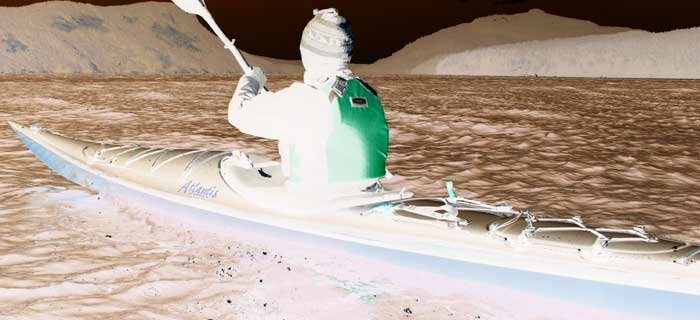
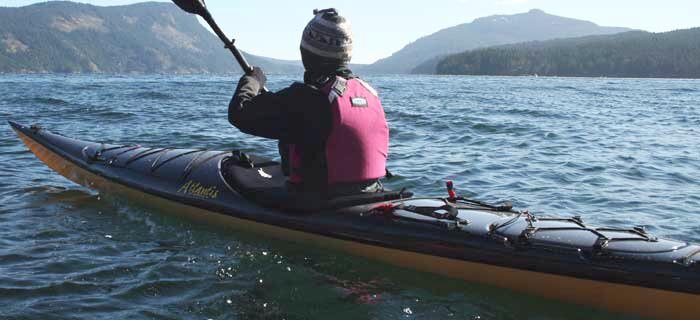
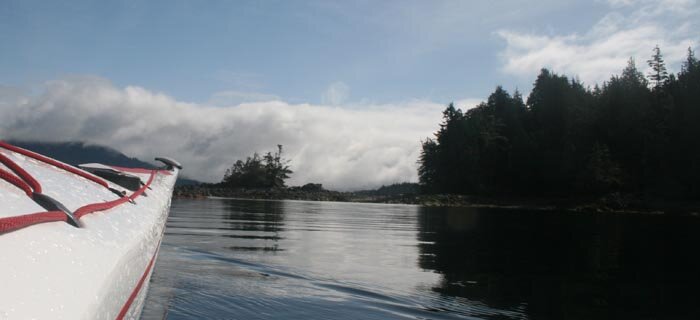
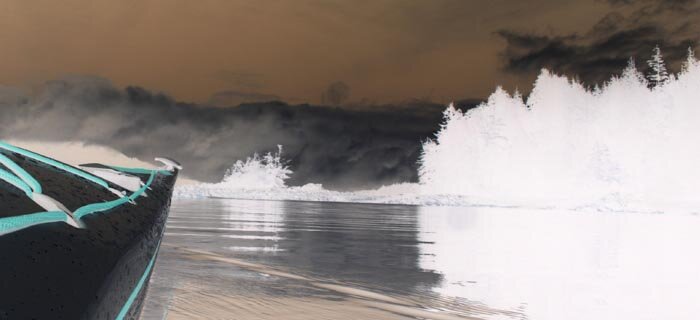
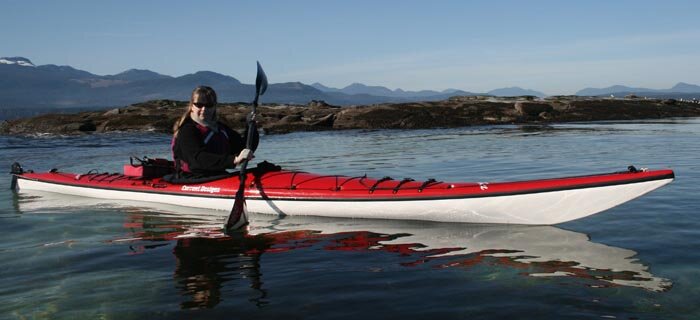


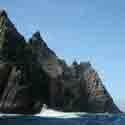













 This site uses valid HTML, CSS and Flash. All content Copyright © 2010 Wild Coast Publishing.
This site uses valid HTML, CSS and Flash. All content Copyright © 2010 Wild Coast Publishing.